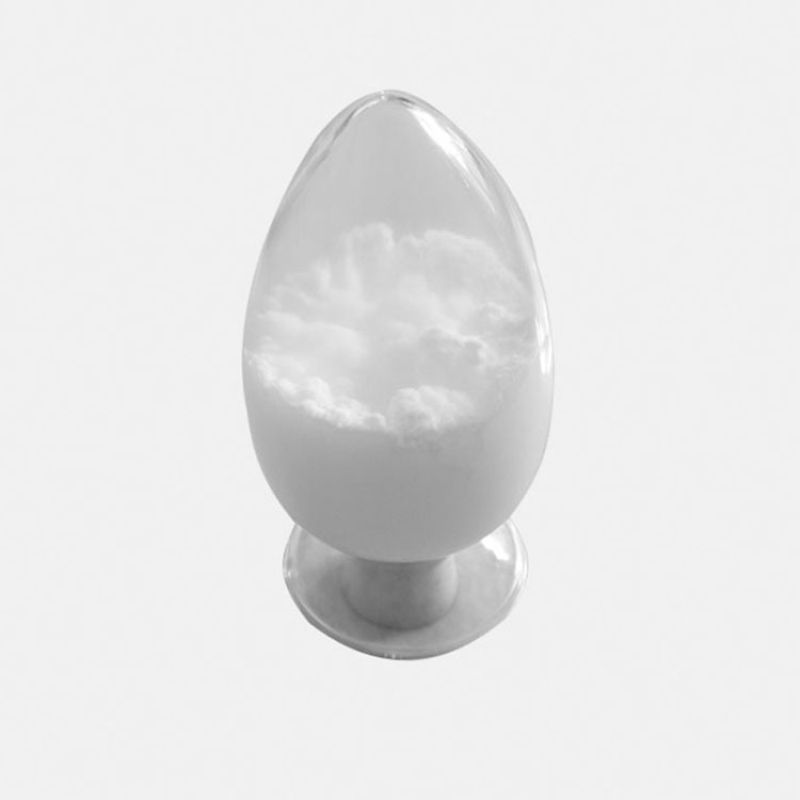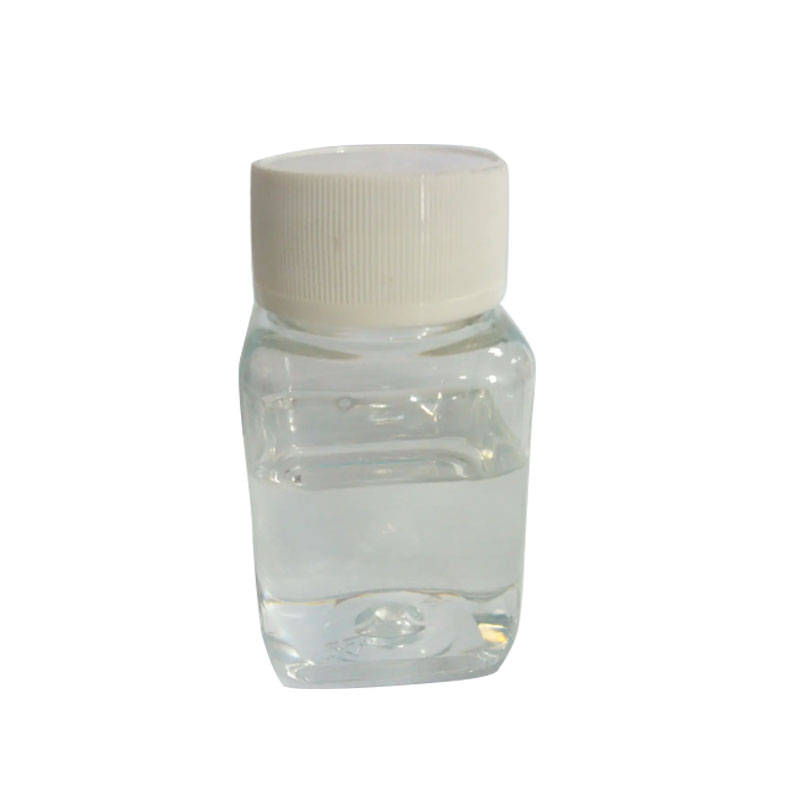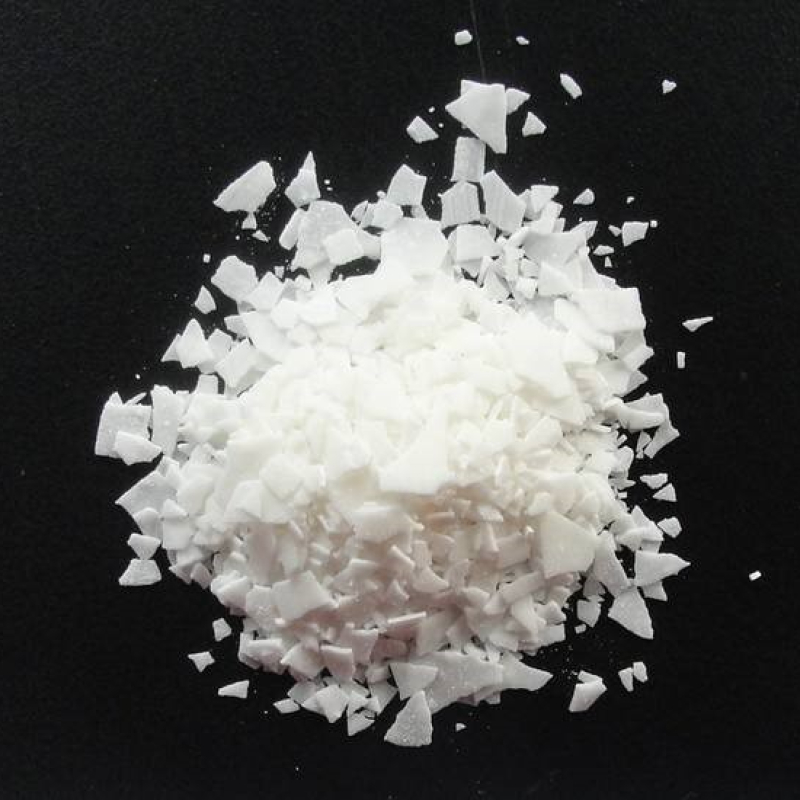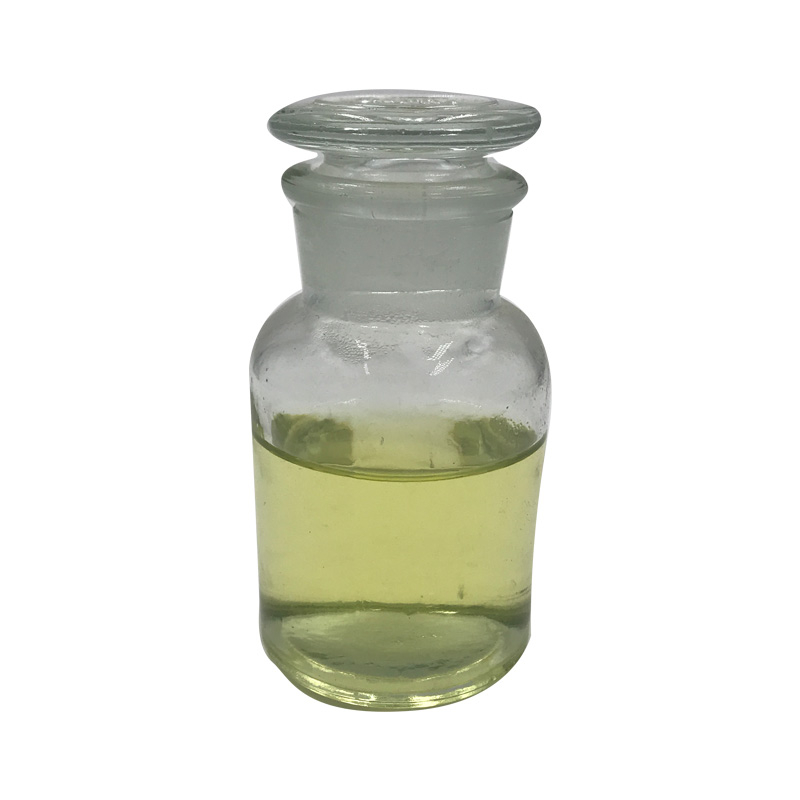Products Description of Diethylamino hydroxybenzoyl hexyl benzoate CAS#302776-68-7Diethylamino hydroxybenzoyl hexyl benzoate is an organic peroxide with strong oxidizing effect. It is easy to produce highly active free radicals during thermal decomposition. It is thermally unstable and may decompose at relatively low temperatures. During the decomposition process of diethylamino hydroxybenzoyl hexyl benzoate, a large amount of heat and gas is released, which increases the temperature and accelerates the decomposition.
Contact Now
Products Description of Sodium benzoate CAS#532-32-1In 1870, when British scientist H. Fleck was looking for an acid to replace the well-known salicylic acid, he first described the antiseptic effect of benzoic acid. He established the antiseptic effect of this substance. Since the safety research of sodium benzoate was not in-depth at that time and the production technology was not mature enough, it was not used for food preservation until the beginning of this century. Since then, it has become one of the most used preservatives in the world because of its low price.
Contact Now
Products Description of 7-Diethylamino-4-methylcoumarin CAS#91-44-17-Diethylamino-4-methylcoumarin is a vital organic compound with a spectrum of applications, predominantly utilized as a fluorescent brightening agent in the textile and paper industries, enhancing the whiteness and brightness of materials. Our collaboration cases exemplify its integration in improving the luminosity of various products, a testament to its effectiveness in real-world applications.
Contact Now
Products Description of Oxydipropyl dibenzoateCAS#27138-31-4Dipropylene glycol dibenzoate (DPGDB) is a highly soluble benzoate plasticizer, the main component of which is dipropylene glycol dibenzoate.
Contact Now
Products Description of ChlorphenesinCAS#104-29-0Chlorphenesin is a preservative widely used in cosmetics and is compatible with most preservatives (including potassium sorbate, sodium benzoate, methylisothiazolinone). It is white crystals, usually with a weak characteristic odor. Melting point 77.0-80.5℃. Slightly soluble in water (about 0.5%). Solubility in 95% ethanol is 5%. Soluble in ethers. Slightly soluble in fixed oils, insoluble in white mineral oil. Microbial control performance: can provide improved broad-spectrum antibacterial activity.
Contact Now
Products Description of Sodium polyphosphateCAS#68915-31-1Colorless transparent glass block or flake. Soluble in water, insoluble in organic solvents. Strong hygroscopicity, easily hydrolyzed into orthophosphate in warm water, acid or alkali solution.
Contact Now
Sodium formate CAS#141-53-7The main purpose of sodium formate as follows:Sodium formate can be used as chemical analysis reagent, used for determination of arsenic and phosphorus, also used as a disinfectant, mordant and so on.
Contact Now
Products Description of Sodium amide CAS#7782-92-5Sodium amide, also known as sodium amide or sodium ammonia, is a white or olive green crystalline powder with an ammonia smell. Its chemical formula is NaNH2, its molecular weight is 39.01, its melting point is 210℃, and its boiling point is 400℃. It decomposes into sodium, nitrogen and hydrogen when heated to 500-600℃. It reacts violently with water to form sodium hydroxide and release ammonia gas. It is slightly soluble in liquid ammonia and reacts slowly with alcohol.
Contact Now
Products Description of Sodium dimethyldithiocarbamate CAS#128-04-1The pure product of sodium fumarate is a scaly white crystal, which is very soluble in water. The crystals obtained by the crystallization method contain 2.5 molecules of crystal water. When heated to 115°C, 2 molecules of crystal water are lost, and at 130°C, the crystal water is completely lost. The industrial intermediate is a 15% aqueous solution, which is a light yellow or grass green transparent liquid with a relative density of 1.06 and a pH of 9 to 11.
Contact Now
Products Description of Sulfonic acids, petroleum, sodium salts CAS#68608-26-4White powderSulfonic acids, petroleum, sodium salts Chemical PropertiesBoiling point 1042.61℃[at 101 325 Pa]vapor pressure 0Pa at 25℃Water Solubility 0.065ng/L at 25℃LogP22.12 at 25℃EPA Substance Registry SystemPetroleum sulfonic acids, sodium salts (68608-26-4)Factory and Equipment ShowFast delivery timeInventory 2-3 working days New production 7-10 working days
Contact Now
Products Description of DL-Menthol CAS#89-78-1 Menthol is a chemical agent. It is extracted from the leaves and stems of mint. It is a white crystal with a molecular formula of C10H20O. It is the main component of mint and peppermint essential oils. In the world, China and Brazil are the main natural mint producers, and the annual output of mint oil reaches 2000-3000 tons. Menthol and racemic menthol can be used as flavoring agents for toothpaste, perfume, beverages and candies.
Contact Now
Products Description of Sodium dichloroisocyanurateCAS#2893-78-9White crystalline powder, with a strong chlorine smell, containing 60% to 64.5% effective chlorine. It is stable. When stored in hot and humid areas, the effective chlorine content only drops by about 1%. It is easily soluble in water, with a solubility of 25% (25°C). The solution is weakly acidic, and the pH of its 1% aqueous solution is 5.8 to 6.0. The pH changes little with increasing concentration.
Contact Now
Products Description of Pyromellitic Dianhydride CAS#89-32-7The English name of pyromellitic dianhydride is Pyromellitic Dianhydride (abbreviated as PMDA, the same below), which is mainly used to synthesize polyimide.
Contact Now
Epichlorohydrin CAS# 106-89-8Epichlorohydrin is a sort of organochlorine compound as properly as epoxide. It can be used as an industrial solvent. It is a exceptionally reactive compound, and can be used for the manufacturing of glycerol, plastics, epoxy glues and resins, and elastomers. It can additionally be used for the manufacturing of glycidyl nitrate and alkali chloride, used as the solvent of cellulose, resins, and paint as properly as being used as an insect fumigant.
Contact Now
2-Methyl-1-propanol CAS#78-83-1Isobutanol, additionally recognised as isopropyl alcohol or 2-methyl propanol, is a colorless and flammable liquid. It is one of the most important components of clean tea leaves, black tea and inexperienced tea to produce the top notch aroma. The molecular weight of isobutanol is 74.12, with a boiling factor of 107.66 ℃, a relative density of 0.8016, a refractive index of 1.3959, and a flash factor of 37 ℃.
Contact Now
Products Description of 2-Butanol CAS#78-92-2Sec-butanol is also called 2-butanol and methylethylmethanol, with the chemical formula CH3CH2CHOHCH3. Molecular weight 74.12. Colorless liquid with strong mint Chemicalbook aroma, flammable. Volatile. Optically active.
Contact Now
Triethylene glycol CAS# 112-27-6Triethylene glycol is a clear, colorless, viscous, secure liquid with a barely sweetish odor. Soluble in water; immiscible with benzene, toluene, and gasoline. Combustible. Because it has two ether and two hydroxyl companies its chemical residences are closety associated to ethers and foremost alcohols. It is a desirable solvent for gums, resins, nitrocellulose, steam-set printing inks and timber stains.
Contact Now
Products Description of Poly(ethylene glycol) dimethacrylateCAS#25852-47-5 Used in food, medical and health gel materials, etc.Poly(ethylene glycol) dimethacrylate Chemical PropertiesBoiling point >200 °C2 mm Hg(lit.)density 1.11 g/mL at 25 °Crefractive index n20/D 1.467Fp >230 °Fstorage temp. 2-8°Csolubility H2O: solubleform Granular Solidcolor White to off-whiteWater Solubility Soluble in water.Sensitive Moisture & Light SensitiveStability:Stable.
Contact Now
Products Description of Poly(ethylene glycol) distearate CAS#9005-08-7This product is a white solid, soluble in isopropanol, glycerin, gasoline solvents, dispersed in water, melting point 35 ~ 37 ℃.Poly(ethylene glycol) distearate Chemical PropertiesMelting point 35-37 °CFp >230 °FOdorat 100.00?%.
Contact Now
Products Description of Dicyandiamide CAS#461-58-5Dicyandiamide, abbreviated as DICY or DCD. It is an organic substance with the chemical formula C2H4N4. It is a dimer of cyanamide and a cyano derivative of guanidine. Chemical formula C2H4N4. White crystalline powder. Soluble in water, alcohol, ethylene glycol and dimethylformamide, almost insoluble in ether and benzene.
Contact Now
Products Description of Acetylacetone CAS#123-54-6This product is a colorless or slightly yellow transparent liquid with an unpleasant odor, m.p.-23℃, b.p.140.4℃, n20D1.4520, relative density 0.975, miscible with organic solvents such as ethanol, ether, chloroform, acetone, glacial acetic acid, and soluble in water.
Contact Now
Products Description of Sodium carboxymethyl cellulose CAS#9004-32-4Sodium carboxymethylcellulose (CMC) is a carboxymethylated derivative of cellulose, also known as cellulose gum. It is an anionic cellulose ether and the main ionic cellulose gum. It is usually an anionic polymer compound obtained by reacting natural cellulose with caustic soda and monochloroacetic acid. The molecular weight of the compound ranges from several thousand to millions. CMC is a white or milky white fibrous powder or granule with a density of 0.5-0.7 g/cm3. It is almost odorless and tasteless and hygroscopic.
Contact Now
Products Description of Hydrogenated Starch Hydrolysate CAS#68425-17-2Hydrogenated Starch Hydrolysate is a colorless, odorless, transparent, viscous liquid. It is non-crystalline. It has strong hygroscopicity, sweet taste, and is highly soluble in water but difficult to dissolve in ethanol.
Contact Now
Products Description of Diphenylacetonitrile CAS#86-29-3The molecular formula of diphenyl acetonitrile is C14H11N, and its melting point is 71-73°C. Boiling point 181 °C (12 mmHg). Flash point 120 °C. WATER SOLUBLE INSOLUBLE. Used as intermediates in organic synthesis.
Contact Now

































